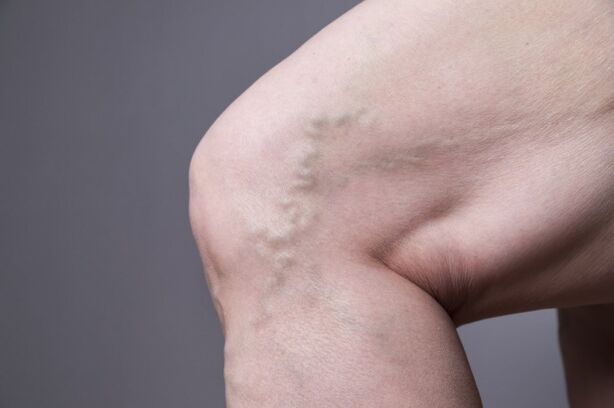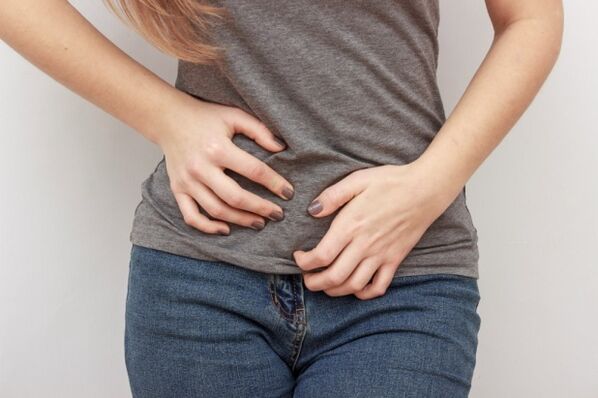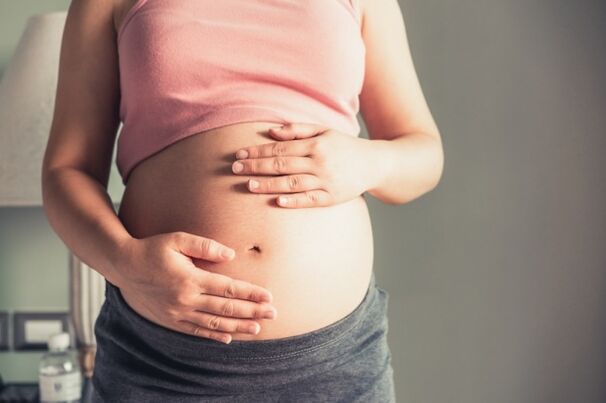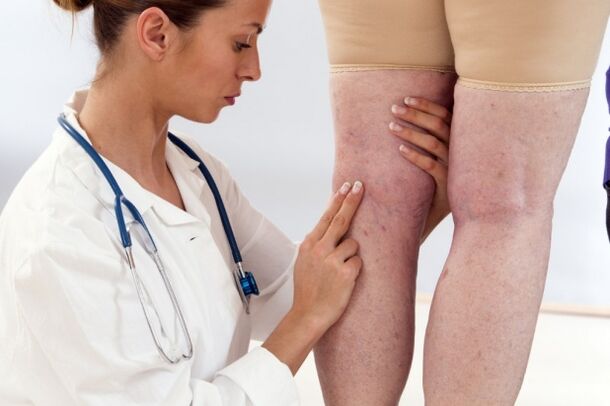Chronic venous insufficiency and varicose veins are a wide range of diseases: according to statistics, each third person in developed countries faces.The special risk group includes representatives of fairness, which leads to physical and psychological discomfort.In this article, we will consider why vascular disease occurs in women, what are their signs and symptoms to treat and prevent this disease.
Varicocele: Causes of varicocele in women
According to statistics, men are less likely to develop varicose veins than women who often suffer from vascular disease.What causes the gender characteristics of this pathology?

- Characteristics of the hormonal background.A woman's hormonal background fluctuates during the monthly cycle, and these changes become even more important during pregnancy, childbirth, lactation, and menopause.The ratio of female sex hormones (estrogen and progesterone) directly affects blood vessel walls and blood viscosity.
- Hormone therapy.Oral contraceptives combined with hormone therapy and receiving a hormonal background, causing changes in the ratio of estrogen and progesterone in the body.
- Wear shoes in high heels and tight pants.Unknown shoes, narrow lingerie and jeans - all of which cause the invasion of blood flow in the lower limbs and pelvis, leading to the development of varicose veins.
In addition, only women, a prerequisite for pathological development, female varicose veins can also cause the following factors:
- Genetic determination tendency.According to statistics, if one of the parents had this pathology, a trend for varicose veins was observed in 60% of cases.
- Weight is large weight.Obesity is one of the factors that occur in varicose veins because the lower limbs experience increased stress.
- Too much load on the legs.If you are specializing in running, jumping or lifting weights, you create beneficial conditions for the development of venous problems.
- Disruption of blood circulation caused by fixed postures.If you sit or stand most of the day, this is a serious prerequisite for the development of vein disease.
- Diet is unbalanced.A diet that lacks fiber, vitamins and trace elements can lead to diseases that affect blood vessel walls and blood components.In addition, an imbalance in diet can cause constipation, which can also lead to changes in the veins - especially varicose veins in the small pelvis.
- Endocrine and cardiovascular diseases.Endocrine disorders can cause changes in hormone levels, which in turn becomes a prerequisite for the occurrence of varicose veins.Cardiovascular disease (especially high blood pressure) can also cause venous problems.

Female pelvic varicose veins
Pathological dilation of pelvic vascular pathological dilation is a common problem faced by 15-25% of women of childbearing age.This disease is often mistaken for infection and inflammation in the genital organs of the female genital system.Due to incorrect diagnosis, inappropriate treatment was prescribed, and the patient was not relieved.Therefore, the diagnosis and adequate treatment of pelvic varicocele is an urgent issue in modern venology and gynecology.
The blood supply of pelvic organs is carried out through the uterine veins, ovarian veins, and venous plexus (uterine vaginal veins, vesicovaginal veins, vesicovaginal veins, vineous veins, rectal plexus, etc.).The cause of pelvic varicocele in women is the interruption of blood flow in these blood vessels.Generally, it is caused by qi stagnation and blood stasis, which may be caused by the following situations:
- A sedentary lifestyle;
- Previous gynecological diseases;
- Hormonal imbalance (especially high estrogen levels);
- history of pregnancy and childbirth;
- Congenital and acquired connective tissue disease (i.e. lack of collagen).
Expert opinion The main symptom of this venous disease in women is the presence of chronic pelvic pain syndrome.It manifests as pain in the lower abdomen that radiates to the pubic bone, sacrum, and perineum.
The peak of pain usually occurs in the second half of the menstrual cycle and is accompanied by severe premenstrual syndrome and dysmenorrhea.Psychosomatic illness may be related to these symptoms.

As mentioned above, the diagnosis of pathology is difficult because the symptoms of this venous disease can be misinterpreted as signs of purely gynecological problems.Therefore, in order to make the correct diagnosis, transvaginal ultrasound, multi-sample, venogram are required, and in some cases, diagnostic laparoscopy is required.
To treat varicose veins in the small pelvis, conservative and operational methods are used.
In the first case, the purpose of treatment is to increase the normalization of the tone of the venous wall, blood flow properties and blood viscosity.To address these problems, patients are prescribed toxins, performing exercises with Hirudotherapy courses, ultrasound and magnetic therapy, and exercise therapy.If conservative treatment for this disease of the pelvis is ineffective, surgical intervention is performed - sclerosis or venous embolization in pregnant women.
Vienna’s problems in pregnant women
Varicose veins are a problem for most pregnant women.This is due to changes that occur in the mother's body during pregnancy.During this period, the hormonal background is completely reorganized, which is directly related to the state of the blood vessels.For example, the growth of estrogen causes changes in the structure of the muscle layer of vein walls and dilation of blood vessels.

In addition to accompanying hormone changes in infant pregnancy and birth, pregnancy and delivery can also cause the development of intravenous disease in pregnant women and for other reasons.First, this is the increase in weight and the consequent increase in lower limb load, as well as the excessive tension that women experience during contraction.
During pregnancy, an increase in the total volume of circulating blood was observed, which occurs due to the growth of plasma and red blood cells.
Venus disease in women: Symptoms and signs
Depending on the stage of development, varicose veins on the legs manifest in different ways:
- The initial stages of the pathological process are easily overlooked because their manifestations are usually very rare.Small blood vessel stars appear on the legs, and there is a slight discomfort at night, and by the end of the day, it may swell slightly.Even if the described clinical manifestations do not cause too much anxiety when you have specified symptoms, it is recommended to consult a doctor.
- If no disease is detected in the initial stage and treatment is not started in time, the female's venous problems can worsen.The venous network is becoming more and more obvious, and the characteristic subcutaneous nodules and cords are clearly visible, and the swelling and fullness of the lower limbs cause severe discomfort.
- If the disease is not treated or is ineffective, it will develop into advanced stages.The affected veins protrude strongly under the skin, continue to swell, spasms occur at night, and the skin in the leg area will discolor and be covered with nutritional ulcers.
Intravenous disease in women: treatment
There are two main ways to solve this problem: conservative treatment and surgical treatment.The first is usually used for the initial stages of pathological development, while the second is used for the later stages of the disease.

Conservative treatment includes taking medications, using topical products, participating in physical therapy, wearing pressure stockings, adjusting physical activities, daily life, nutrition and drinking habits.Additionally, you can use other products to fight varicose veins - such as Normaven® Leg Cream.Applying it regularly on the lower limbs can help eliminate swelling, fatigue, heaviness and discomfort in the legs, disappearing at night cramps, and reducing the severity of blood vessel lines.
Due to its natural ingredients, the cream can also be used during pregnancy.
The purpose of the surgery is to completely or partially remove varicose veins.Modern vascular surgery can provide the following types of surgery:
- Combined with venectomy.
- Laser solidification.
- Radio frequency solidification.
- hardening.
For the treatment of intravenous disease in women aged 50-60 and elderly patients, surgical intervention is usually not performed because it can put stress on the body.























